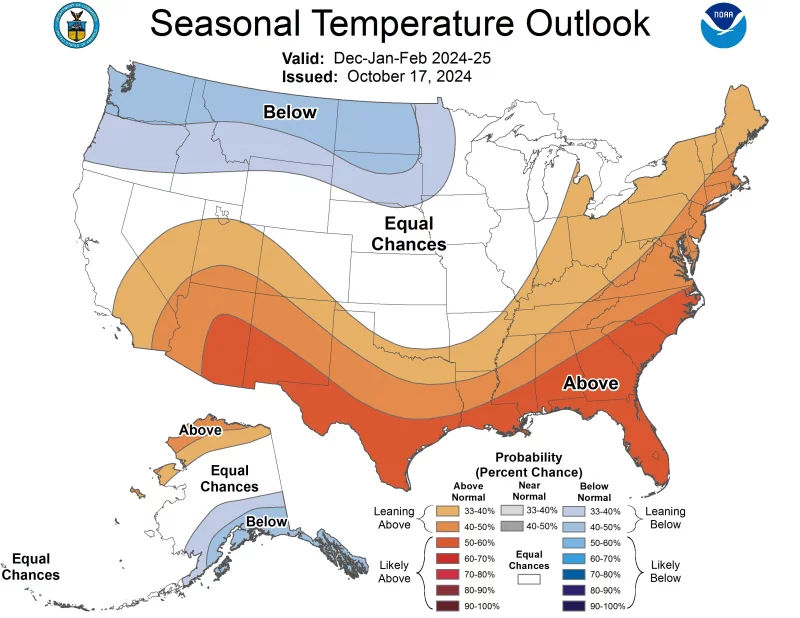Introduction: This winter, the U.S. is looking at some unique weather patterns because of changes in atmospheric rivers. These are long, narrow bands up in the sky that carry lots of water vapor and can lead to heavy rains and storms. A recent study from the University of California, Santa Barbara, shows that these rivers are moving toward the poles, and this movement is affecting weather around the world.
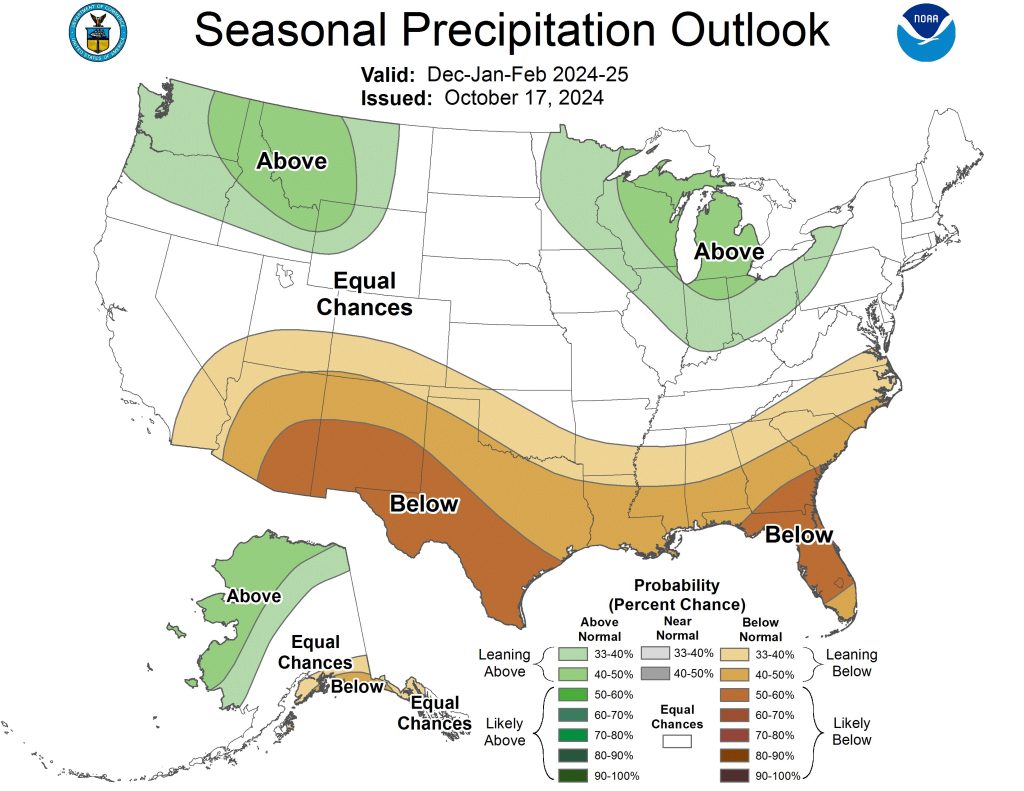
Atmospheric Rivers on the Move: Atmospheric rivers affect many parts of the world, including the U.S. West Coast, Southeast Asia, and even parts of Europe. They usually form between the latitudes of 30 and 50 degrees, but they’ve been shifting toward the poles for the last forty years. This shift means places like British Columbia and Alaska might get more rain, while areas closer to the equator could get less, which could lead to more droughts or floods depending on the location.
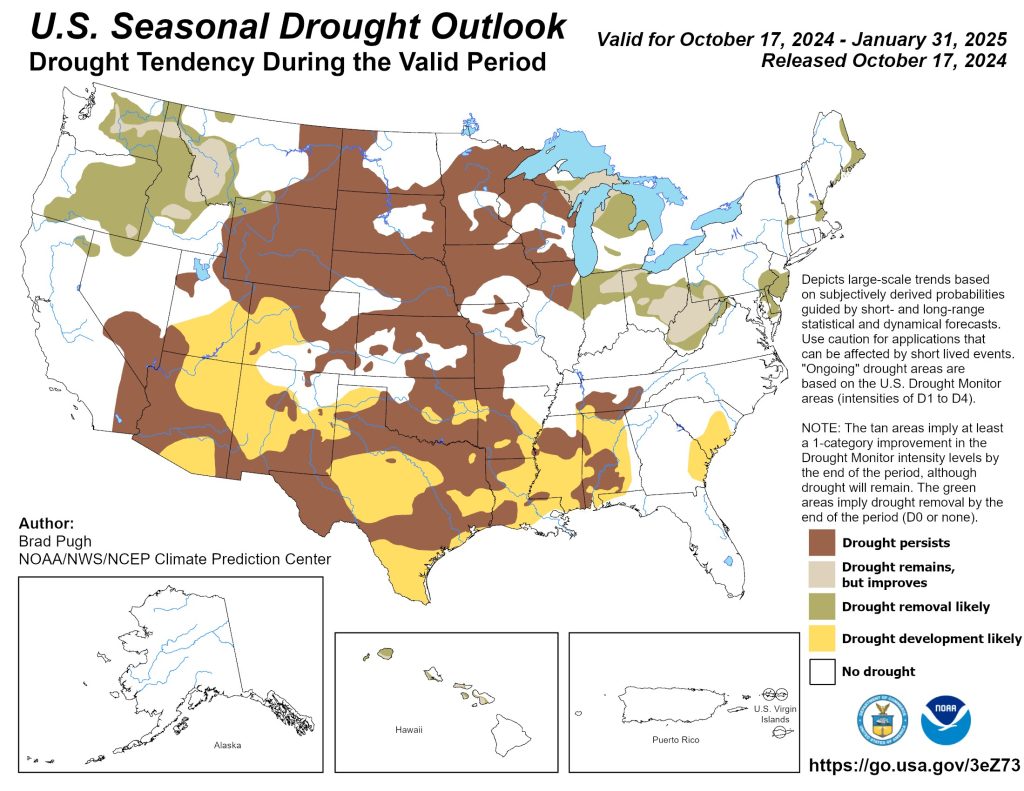
California’s Reliance on Atmospheric Rivers: California depends a lot on these atmospheric rivers for its water, getting up to 50% of its yearly rainfall from them. These systems can bring enough rain and snow to end a drought, like they did in parts of California in 2023. But as these rivers change their paths, they could cause more droughts or floods in different areas.
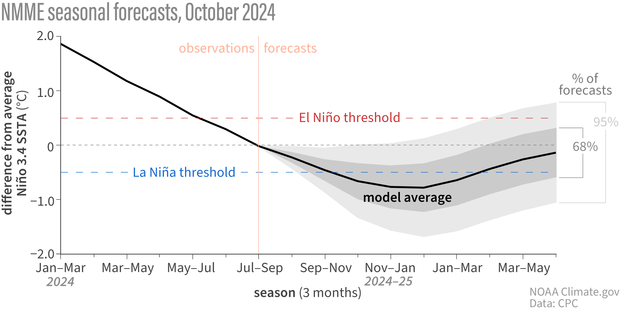
La Niña’s Impact This Winter: The National Oceanic and Atmospheric Administration (NOAA) is predicting a La Niña climate pattern this winter. La Niña usually means cooler ocean temperatures in the Pacific, which often leads to drier and warmer weather in the southern U.S. and cooler, wetter conditions in the northern parts. This year’s La Niña might be weaker and won’t last as long, making it harder to predict exactly what will happen months from now.
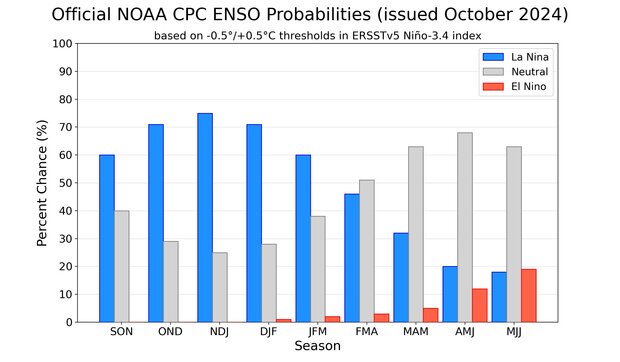
With La Nina chances high, the Pacific Northwest might see cooler than usual weather with a good chance of extra rain, extending into Montana and Wyoming. The Great Lakes might also get more rain, especially in parts of Ohio, Indiana, and Kentucky. On the other hand, the Southwest and states along the Gulf of Mexico might have a drier winter.
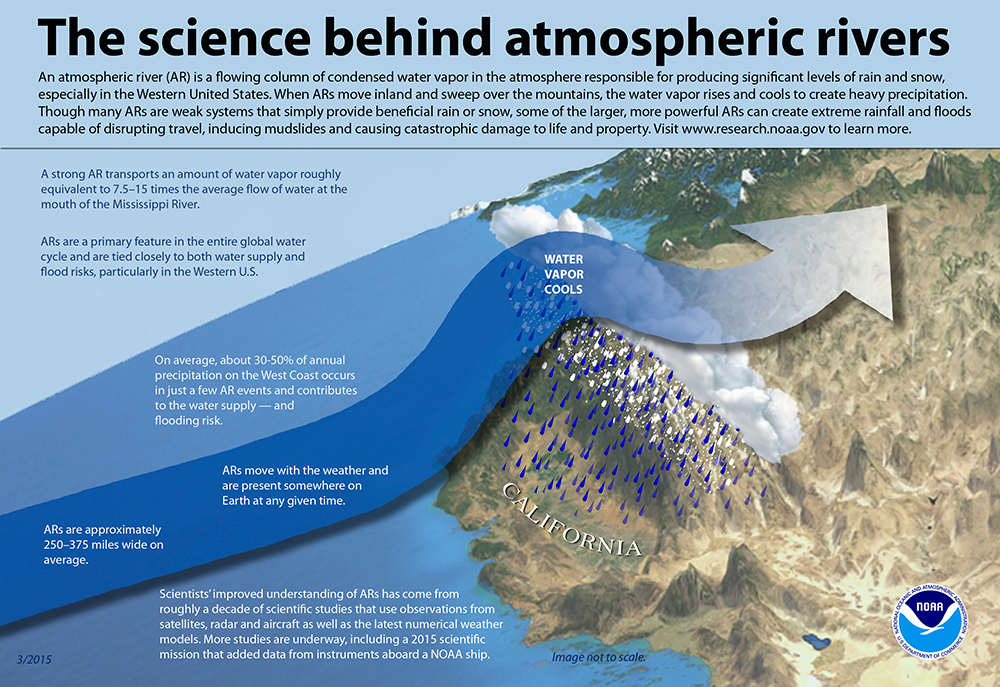
With atmospheric rivers moving toward the poles and a possible La Niña, this winter’s weather across the U.S. could be quite unpredictable. Some areas need to prepare for more rain and cooler temperatures, while others might face more dry conditions. Understanding these changes is important for managing water resources and preparing for the impact of these weather patterns on local and global climates.

